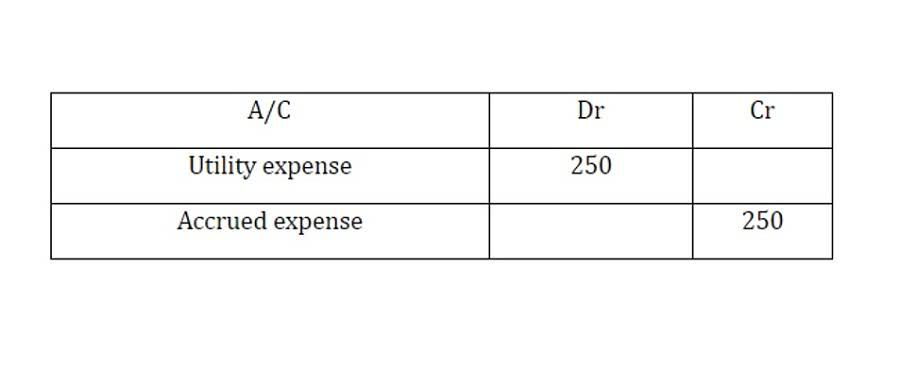
Large businesses (250+ employees) can claim 3% of R&D expenses up to a base amount, and 10% on expenses exceeding that base, with a $2 million cap per year. Small businesses (fewer than 250 employees) receive a 3% credit on expenses up to a base amount and 15% on expenses above it, with an annual cap of $250,000. The program is designed to encourage innovation, support job growth, and leverage Michigan’s university research ecosystem.

Member of controlled group, business under common control, or affiliated group.

Texas gives businesses two great options for saving on R&D expenses—either a sales tax exemption on certain purchases or a franchise tax credit based Debt to Asset Ratio on research spending. You can choose one option per tax year, but you’re free to switch between them in future years. The sales tax exemption applies to depreciable tangible personal property used directly in R&D, while the franchise tax credit helps businesses lower their franchise tax liability based on qualified research expenses (QREs) in Texas.
- After completing Section F, all filers will enter the total from line 48 on line 5 or line 20, as applicable.
- This makes Georgia’s R&D tax credit a flexible and valuable tool for businesses investing in innovation.
- The credit can offset payroll taxes on wages paid toemployees, providing immediate relief to companies that may not have largetaxable income but have significant R&D activities.
- Nebraska offers an R&D tax credit to businesses conducting qualified research activities within the state.
- The R&D tax credit is a tax incentive designed to encourage research activities relating to developing or improving products, processes or software.
- For instance, an appliance manufacturer working on the next model of a refrigerator that uses a new coolant and compressor design to achieve significantly better energy efficiency.
What companies can benefit?
We review the evidence for the R&D tax credit’s effectiveness and the credit’s complexity, while recommending ways to improve the credit if it is retained in the tax code. Generally, there are two methods for computing the QREs-based credit, regular and alternative simplified. After doing all this meticulous documentation, it would be a shame not to optimize the value of your investment.

Keeping Records: What Documentation Is Necessary?
Fortunately, after a few years, the agency responsible for the guidance became aware that the guidance what is r&d tax credit was misleading and unfounded. In summary, the landscape of the R&D credit involves the law (Section 41 and related regs), the IRS (enforcing those rules), the evolving tax legislation (like PATH, TCJA, IRA), and the practitioners who help businesses claim it. Being aware of these players and rules will help you navigate claiming the credit confidently.
- The fixed-base percentage depends on whether you are an existing company or a start-up company.
- Bearing that in mind, although the concepts of “substantial rights” and “right to exploit” are similar, they involve separate standards reflected by the distinct nature of each Code section.
- For example, the deduction rate for the general type is between 1% and 14%, and so the tax credit cap would be the amount of experimental research expenses multiplied by the applicable percentage.
- The regular R&D credit equals 20 percent of a firm’s QREs above a certain baseline level.
- “You get 13 cents back on every dollar spent on qualified research,” said Jim Breese, former CMO at Green Growth CPAs.
If Our Company Has Had Losses but Incurred Qualified Research Expenses, Can We Utilize the R&D Credit Benefit?

The development process – choosing biochemical reagents, optimizing test sensitivity, eliminating false positives through experimentation – qualifies as R&D activity. For example, designing a new surgical robot, a more sensitive MRI machine component, or a wearable health monitoring device. The design, https://www.bookstime.com/ engineering, and testing of each iteration – to meet medical standards and technical specs – involve significant R&D.
Can I claim credits for R&D activities done in previous years?

In truth, R&D stretches across various sectors, encompassing everything from new software algorithms to new food/beverage formulas to innovative manufacturing processes. Companies engaged in such innovative pursuits, aiming to resolve technical uncertainties, potentially qualify for R&D credits. KBKG helps you stay compliant by educating you on the newest regulations while providing valuable services that get you the most savings under the current laws.